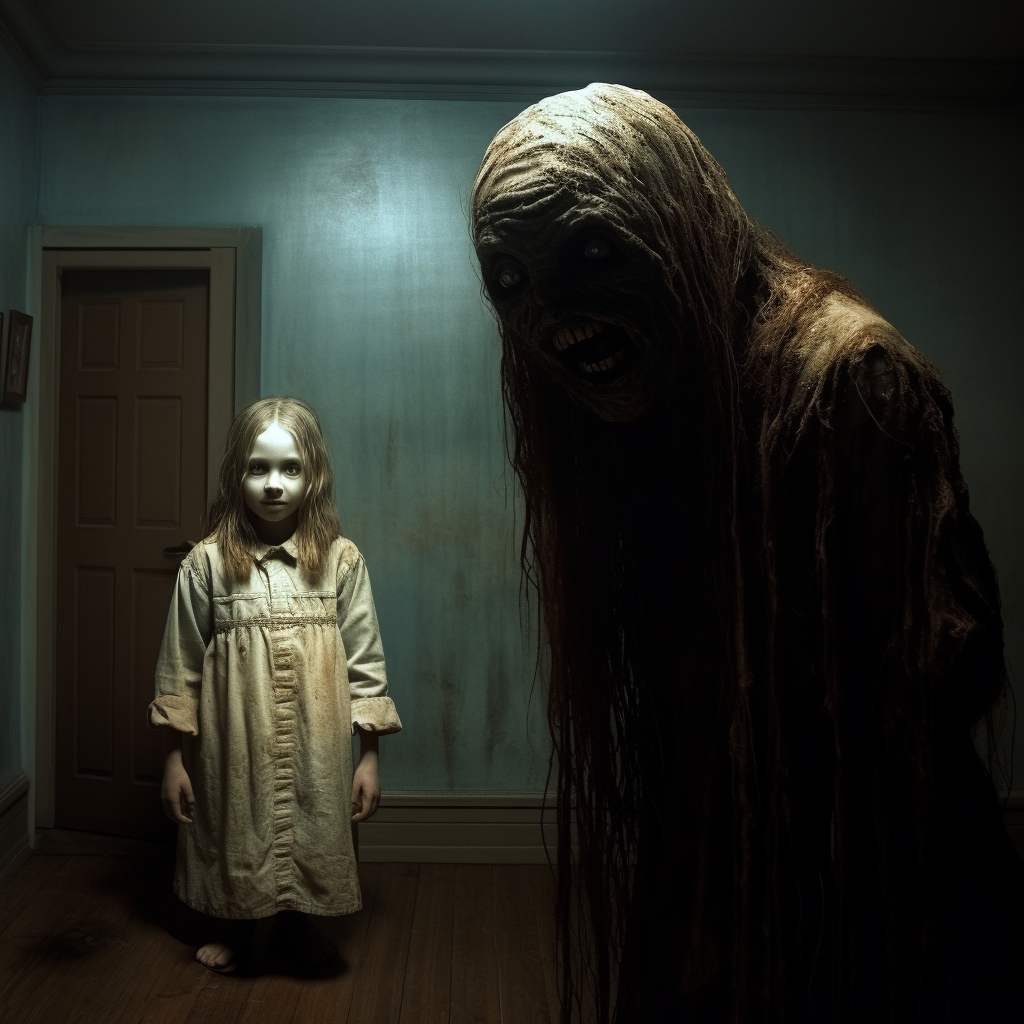Jump scares are a fundamental element of the horror genre, designed to startle and terrify audiences. When executed effectively, they can elevate a film’s suspense and create unforgettable moments that linger in the minds of viewers long after the credits roll. In this article, we will explore some of the movies that have successfully mastered the art of the jump scare, keeping us on the edge of our seats.
“Jaws” (1975)
Steven Spielberg’s “Jaws” is a classic in the thriller genre, and it offers a jump scare that is both timeless and iconic. As Chief Brody (Roy Scheider) throws chum into the water to attract the great white shark, the shark suddenly emerges from the depths, accompanied by a spine-tingling musical score. The sight of the enormous predator bursting from the water catches both the characters and the audience off guard, creating a jump scare that is etched into cinematic history.
“The Exorcist” (1973)
William Friedkin’s “The Exorcist” is a classic in the horror genre, known for its atmospheric tension and well-timed jump scares. The film’s demonic possession storyline leads to a series of terrifying moments, with one of the most memorable being the sudden, shocking head-turning scene. It’s a testament to the film’s ability to blend suspense with jump scares, leaving audiences haunted by the experience.
“The Shining” (1980)
Stanley Kubrick’s adaptation of Stephen King’s novel, “The Shining,” is renowned for its chilling atmosphere and well-placed jump scares. The elevator scene, where a tidal wave of blood floods a hallway, is one of the most iconic moments in cinematic horror history. The unexpected release of tension in this scene leaves a lasting impression on viewers.
“Hereditary” (2018)
Ari Aster’s “Hereditary” is a slow-burning psychological horror film that culminates in some of the most effective and terrifying jump scares in recent memory. The car accident scene, in particular, is a masterclass in building tension and delivering a shocking moment that catches the audience off guard.
“The Conjuring” (2013)
James Wan’s “The Conjuring” is a modern horror classic known for its spine-tingling scares. The hide-and-clap game sequence stands out as a prime example of a well-executed jump scare. The gradual escalation of tension in the scene, followed by the sudden appearance of the ghostly hands, delivers an unforgettable scare.
“It Follows” (2014)
David Robert Mitchell’s “It Follows” is a unique and atmospheric horror film with an exceptional ability to create suspense. The film’s pool scene is a standout moment, combining an eerie buildup with a shocking, unexpected jump scare that leaves the audience shaken.
“Sinister” (2012)
Scott Derrickson’s “Sinister” takes the concept of jump scares to another level. The film revolves around a writer who discovers a series of disturbing home videos. The lawnmower scene in “Sinister” is a prime example of how a jump scare can be executed with precision, leaving viewers with a lingering sense of dread.
“A Nightmare on Elm Street” (1984)
Wes Craven’s iconic slasher film “A Nightmare on Elm Street” introduced the world to Freddy Krueger, a dream-stalking killer. The film is known for its clever and terrifying dream sequences that include several memorable jump scares. The bathtub scene, in which Freddy’s glove emerges from the water, is etched into the annals of horror history.
“The Sixth Sense” (1999)
M. Night Shyamalan’s “The Sixth Sense” is more of a psychological thriller than a traditional horror film, but it delivers one of the most famous jump scares in cinematic history. The scene where Cole Sear (Haley Joel Osment) encounters a ghost in his tent is a spine-tingling moment that resonates long after the credits roll.
Jump scares, when done right, have the power to make horror movies unforgettable. The films mentioned in this article are just a few examples of movies that have successfully mastered the art of the jump scare. When executed with proper pacing, atmosphere, and creativity, jump scares can elicit genuine fear and leave a lasting impact on the audience. While they may cause momentary shock and even a few jumps out of your seat, it’s the psychological residue that truly cements these moments as some of the best in cinematic history.
